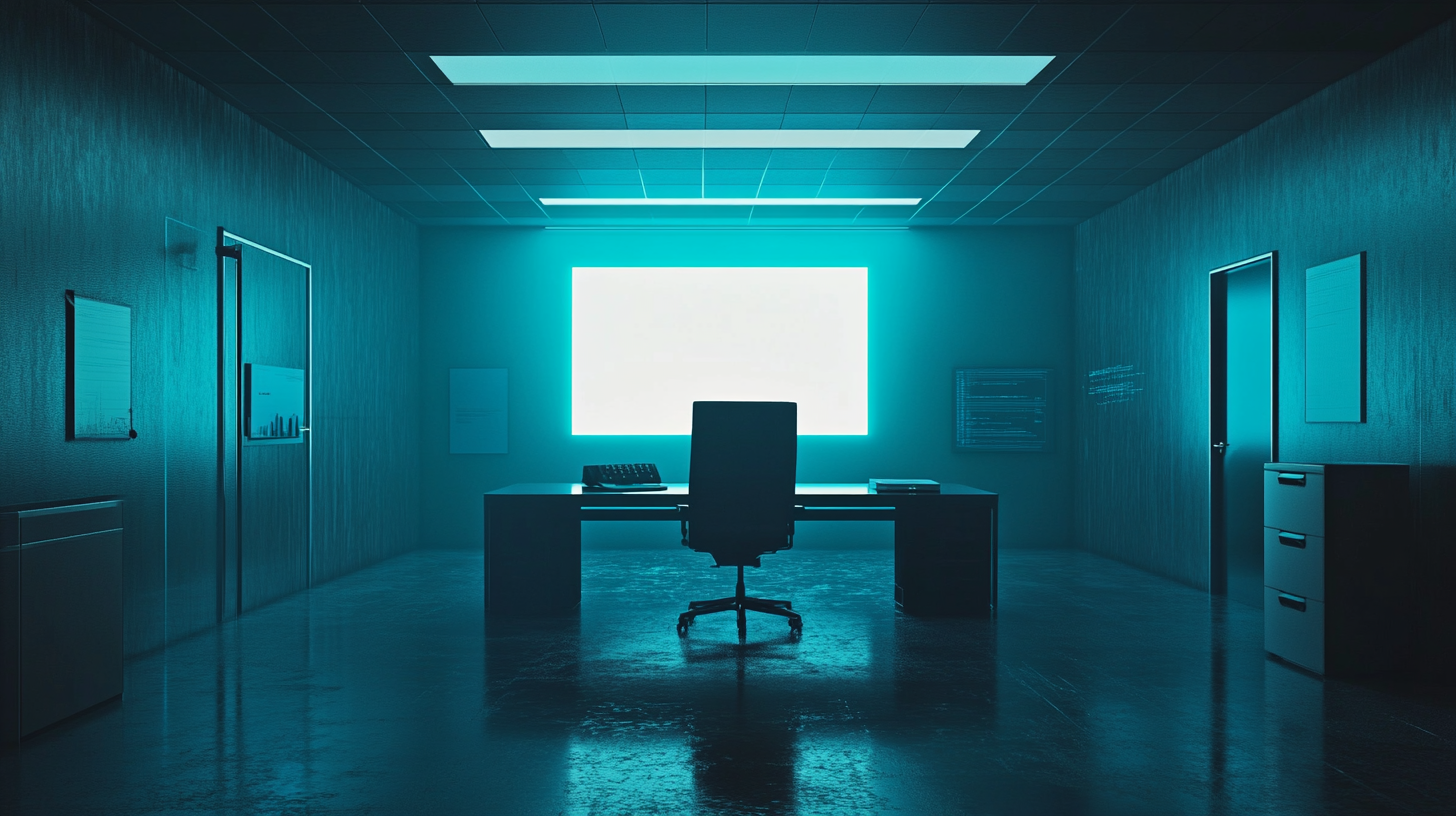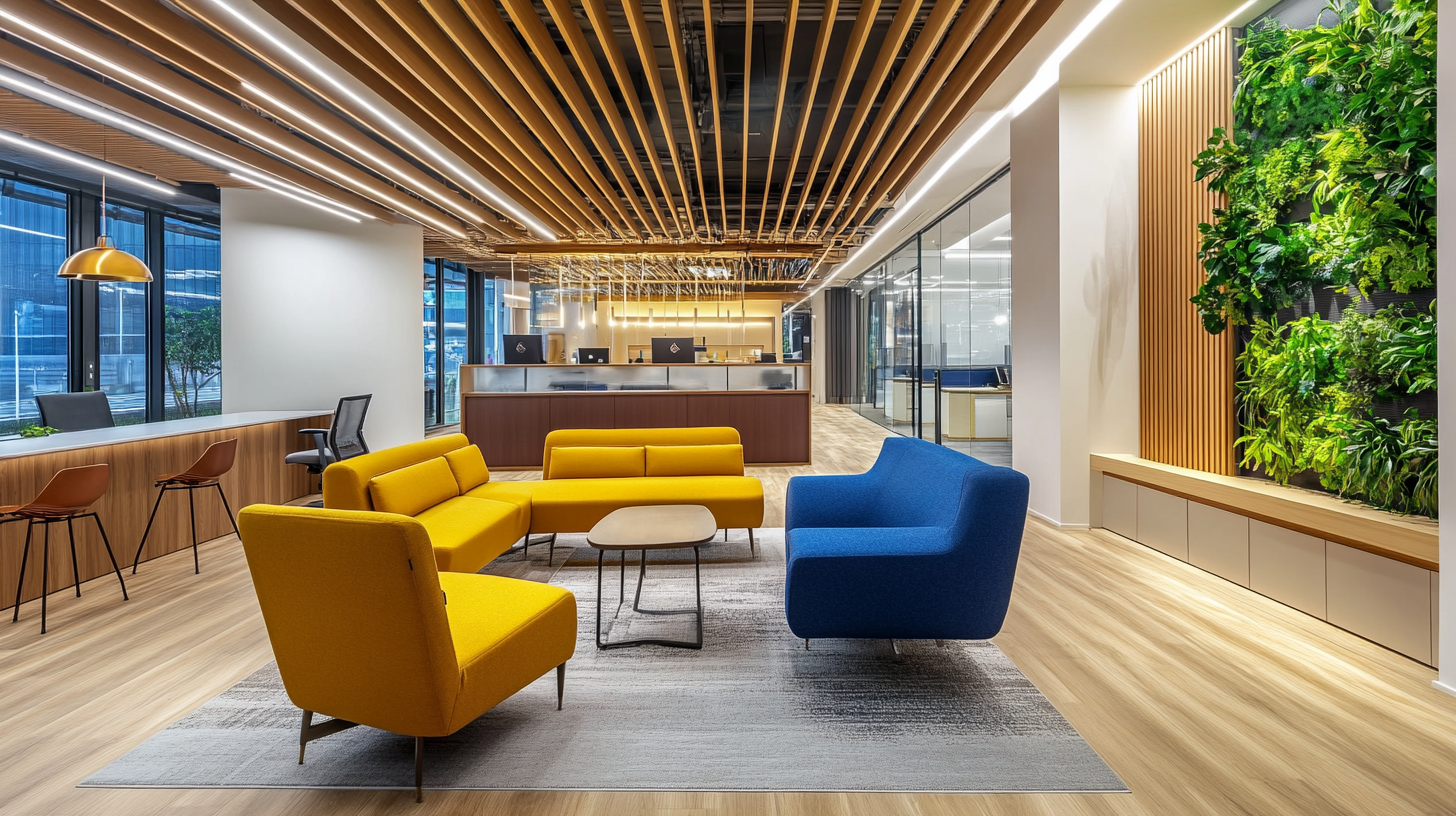
In today’s fast-paced work environment, the importance of effective office lighting cannot be overstated. Proper office lighting solutions play a crucial role in enhancing workplace productivity, fostering creativity, and maintaining employee well-being. A well-lit office not only improves visibility but also influences mood and motivation, contributing to a more dynamic and efficient workplace. As organizations strive to create optimal working conditions, understanding the impact of various office lighting options becomes essential.
Choosing the right office lighting goes beyond merely illuminating the workspace; it involves a thoughtful consideration of factors such as light intensity, color temperature, and fixture design. Poor lighting can lead to fatigue, decreased concentration, and increased errors, whereas an ideal lighting setup can invigorate staff, reduce eye strain, and promote a positive atmosphere. This blog will explore the best office lighting solutions available, guiding you toward creating an environment that not only meets functional needs but also enhances overall productivity and satisfaction within the workplace.

Lighting is a critical yet often overlooked factor in workplace design that significantly impacts employee health and well-being. Research shows that appropriate lighting can enhance mood, reduce fatigue, and even improve cognitive function. A study published in the Journal of Environmental Psychology reveals that exposure to natural light can increase productivity by up to 15%. Natural light not only helps regulate circadian rhythms but also minimizes headaches and eye strain, ultimately fostering a more engaged and efficient workforce. Moreover, the type of artificial lighting used can also affect well-being. A report from the American Society of Interior Designers indicates that warm, adjustable lighting options lead to a more comfortable workspace atmosphere than harsh fluorescent lights. Employees working in environments with customizable lighting reported a 20% increase in overall job satisfaction. Innovations in LED technology, offering energy-efficient solutions that mimic natural light, have transformed how workplaces can optimize their lighting to suit various tasks throughout the day, contributing to better health outcomes. The importance of lighting extends to mental health as well, with studies indicating that insufficient light exposure can lead to mood disorders and decreased concentration levels. A comprehensive review by the Lighting Research Center found that offices with ample daylight exposure not only improve morale but also lower stress levels among employees. By prioritizing thoughtful lighting solutions, companies can create a healthier, more productive work environment, demonstrating a commitment to employee well-being that can translate into lower turnover rates and increased organizational performance.

Effective office lighting is crucial for enhancing workplace productivity, as it significantly influences employee well-being and comfort. Different types of office lighting come with their own unique benefits and drawbacks, and understanding these can help organizations create a more productive work environment.
Fluorescent lighting, traditionally common in many workplaces, offers energy efficiency and a broad spectrum of light. However, the harshness of fluorescent lights can lead to eye strain and fatigue, negatively impacting employee focus. Alternatively, LED lighting has emerged as a popular choice due to its longevity and reduced energy consumption. LEDs provide a bright and pleasant working environment while helping to regulate mood and energy levels, making them a superior option to traditional lighting methods.
Natural light is another critical factor in office lighting design. Studies have shown that exposure to natural sunlight can enhance mood and boost productivity. Incorporating large windows or skylights can not only improve employees' psychological well-being but also cut down on electricity costs. However, it’s essential to balance natural light with proper shading solutions to prevent glare and temperature fluctuations, which can be disruptive. Ultimately, the chosen lighting solution should align with the office's overall design to foster a space where employees feel comfortable and empowered to perform at their best.

Natural light plays a significant role in enhancing creativity and focus in the workplace. According to a report by the World Green Building Council, office environments with ample natural light can lead to a 15% increase in employee productivity. The exposure to daylight not only improves concentration levels but also boosts overall morale, creating a more positive work atmosphere. Employees are likely to be more engaged and motivated when they can connect with the outside world through natural light.
Studies have shown that individuals working in environments with excellent daylight access report lower levels of stress and fatigue. A Harvard study revealed that employees with access to natural light in their workspace experienced a 51% drop in eyestrain, headaches, and blurred vision, which are often results of artificial lighting. This improvement in well-being correlates with enhanced cognitive function, fostering not only creativity but also problem-solving abilities among team members.
Implementing strategies to maximize natural light can transform the workplace, leading to higher job satisfaction and performance. Simple adjustments like installing larger windows, skylights, or using lighter interior colors can dramatically increase the amount of natural light penetrating the workspace. As highlighted by the Lighting Research Center, these changes contribute to creating not just a visually appealing environment, but one that nurtures a culture of innovation and collaboration.

Effective office lighting design is crucial for enhancing workplace productivity, and it should be informed by the latest industry standards and research findings. Recent studies highlight the significant effects of indoor lighting environments on reading efficiency and cognitive load. One experimental study found that optimal lighting conditions can improve reading efficiency by up to 30% while reducing brain fatigue, allowing employees to focus better and perform tasks with greater accuracy.
Human-centric lighting is becoming an essential consideration in office environments. This approach not only addresses visual comfort but also considers the non-visual effects of lighting, such as circadian rhythm regulation and mood enhancement. A well-implemented human-centric lighting strategy can lead to improved employee well-being and productivity. Factors such as light color temperature, intensity, and temporal variations play a key role in achieving these outcomes. For instance, studies suggest that dynamic lighting that mimics natural light patterns can increase alertness and task performance throughout the day.
Moreover, discussions about re-evaluating regulations and standards for workplace lighting are gaining traction. Current recommendations often overlook the importance of spectral variation and intensity modulation, which are vital for accommodating diverse tasks and individual preferences. By adopting a more flexible approach to lighting design, organizations can create environments that not only meet compliance but also enhance the overall well-being of employees. The integration of these best practices in office lighting design is critical for fostering a productive atmosphere in today's dynamic workspaces.
When considering office lighting solutions that enhance workplace productivity, two critical factors come into play: dimming and color temperature. The way we illuminate our workspaces can significantly influence employee performance, mood, and overall well-being. Understanding these elements is essential for creating an optimal work environment.
Dimming capabilities allow employees to adjust the brightness of their surroundings based on their task and time of day. Research has shown that overly bright or harsh lighting can cause eye strain and fatigue, leading to decreased productivity. By incorporating adjustable lighting options, employees can tailor their environment to suit their needs, whether they require bright lighting for focused work or softer tones for brainstorming sessions. This flexibility not only boosts comfort but also promotes a more dynamic and engaging workspace.
Color temperature is another vital aspect that affects workplace productivity. The spectrum of light can range from warm to cool tones, each having different psychological impacts. Warm white light (around 2700K) promotes relaxation, making it suitable for break areas, while cooler white light (around 5000K) is invigorating and helps maintain alertness, especially in high-concentration zones. Striking the right balance with color temperature can create an atmosphere that encourages focus and creativity, allowing employees to thrive in their tasks. By thoughtfully combining dimming options and appropriate color temperatures, organizations can foster a productive work environment that caters to the diverse needs of their teams.
Let us help you get started with our superior LED lighting products.
Get all the latest news from BrightLED.
Copyright © Bright LED. All rights reserved.
STAY CONNECTED

